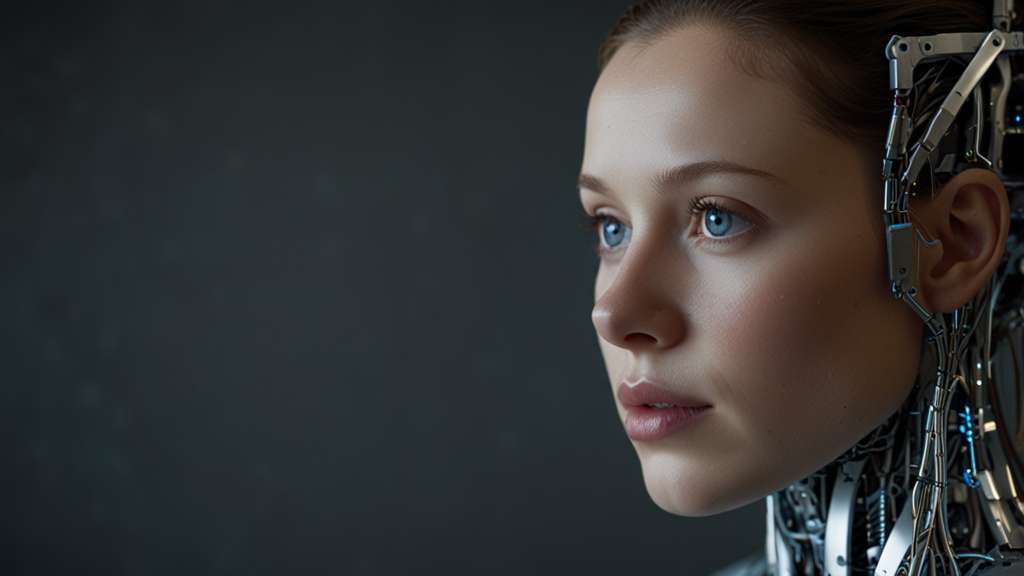The Art of Codebreaking: Inside the World of Cryptographic Espionage
From ancient ciphers to modern-day encryption algorithms, the quest to safeguard information has always been a cat and mouse game. While most of us have grown accustomed to seeing HTTPS padlocks on our browsers, hawk-eyed codebreakers delve into the labyrinth of codes and cryptographic theories to protect or unravel secrets. This continuous battle is not merely a technical ordeal but an art form honed through decades, if not centuries, of intelligence and expertise. Welcome to the world of cryptographic espionage, where mathematics meets stealth and cunning.
A Brief History of Cryptography
Cryptography, the practice of secure communication in the presence of third parties, has ancient roots. Julius Caesar is famously known for the 'Caesar Cipher,' a simple yet effective technique that shifted letters in the alphabet. Although primitive by today's standards, it paved the way for more complex systems like the Enigma machine used by Nazi Germany during World War II.
"The breaking of the Enigma code by Alan Turing and his team at Bletchley Park is often heralded as one of the greatest triumphs of cryptographic espionage."
Post World War II, cryptographic techniques became more sophisticated with the advent of computers. Methods such as RSA (Rivest–Shamir–Adleman) and AES (Advanced Encryption Standard) became the backbone of secure digital communication. These techniques form the bedrock of modern-day cryptographic practices, guarding everything from personal email to banking transactions.
Modern Codebreaking: The Intelligence Community
Today's cryptographic espionage involves state-of-the-art technology, advanced mathematics, and highly skilled experts. Intelligence agencies like the NSA in the United States and GCHQ in the United Kingdom employ teams of cryptanalysts and hackers to protect national security.
Tasked with both offensive and defensive operations, these experts use a combination of cryptography, signal processing, and sophisticated algorithms to identify vulnerabilities and exploit them. The primary tool at their disposal is computational power. Quantum computing, in particular, promises to break traditional encryption methods, posing both a massive threat and an unprecedented opportunity for those in the field.
"As quantum computing evolves, the race is on to develop quantum-resistant algorithms that can withstand the immense computational power these systems promise."
The Ethical Dilemma
While the art of codebreaking has many practical applications, it raises ethical questions on privacy, data security, and surveillance. Governments argue that strong cryptographic capabilities are essential for national security and protecting citizens from cyber threats. However, critics often argue that these practices can lead to overreach, violating individual privacy rights.
The infamous case of Edward Snowden brought to light the extent of surveillance conducted by intelligence agencies, sparking a global debate on the balance between security and privacy. This ethical conundrum remains unresolved, making the field of cryptographic espionage as politically charged as it is technically intricate.
The Future of Codebreaking
The future of cryptographic espionage is intrinsically linked to developments in technology. Innovations in artificial intelligence, machine learning, and quantum computing will redefine how we approach the art of codebreaking. As cryptographic methods become more advanced, so too will the techniques used to crack them.
Organizations and governments must remain vigilant, adapting to new methods and fostering a culture of continual learning and innovation among their ranks. The stakes are higher than ever; the digital world holds secrets that could reshape geopolitics, economies, and personal privacy.
"In the war of codes and ciphers, the only constant is change. To stay ahead, cryptographers and codebreakers alike must embrace the art of continual evolution." – Anonymous Cryptanalyst
Conclusion
The world of cryptographic espionage is a complex and fascinating blend of art, science, and ethical debate. From the ancient Caesar Cipher to the forefront of quantum computing, the endeavor to secure or decode information remains one of humanity's most intriguing challenges. While we may not all become cryptanalysts, understanding the principles and implications of this ever-evolving field can provide profound insights into the digital age we live in.
As technology continues to advance, one can only speculate on the future chapters of this cryptographic journey. However, one thing is certain: the art of codebreaking will always be at the heart of securing and deciphering the secrets that define our world.









